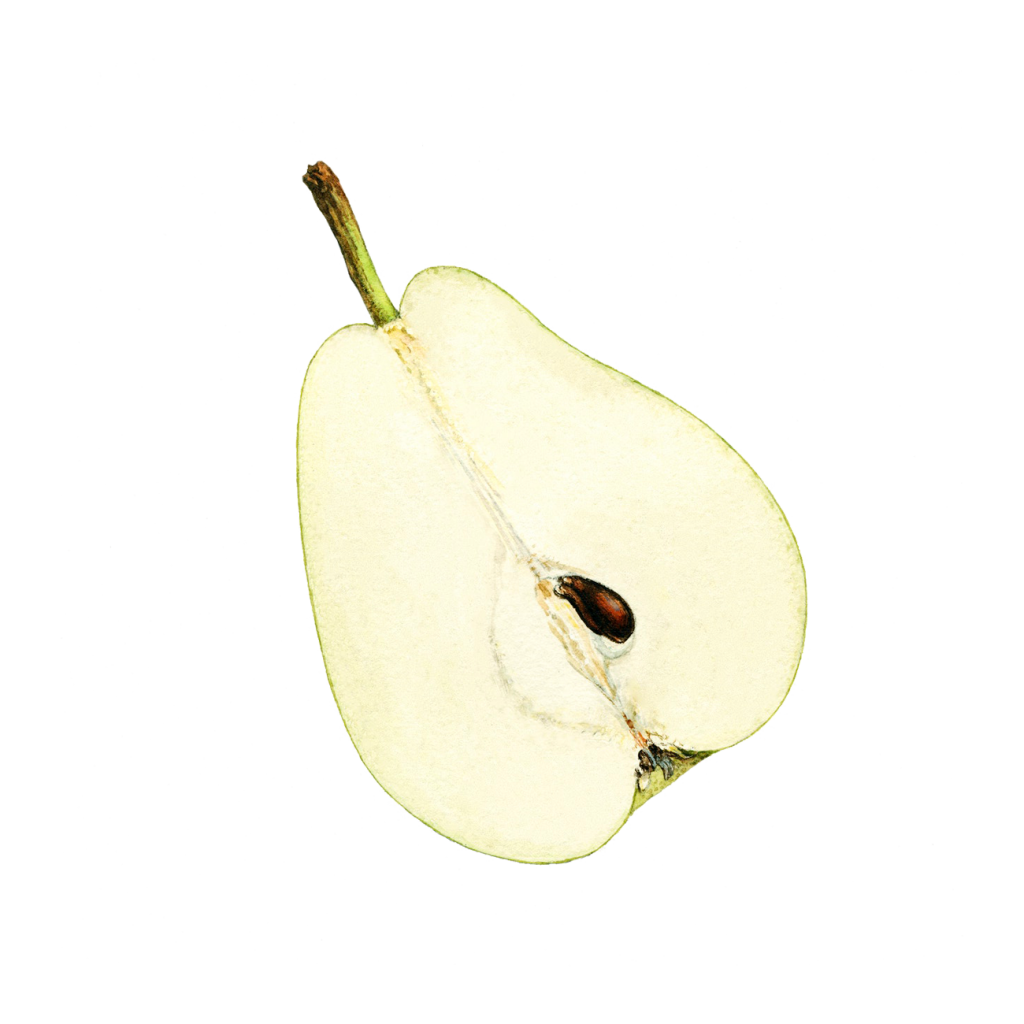The Budgetary Effects of Ending Drug Prohibition
“Legalization can reduce government spending, which saves resources for other uses, and it generates tax revenue that transfers income from drug producers and consumers to public coffers.”
Four-in-ten U.S. drug arrests in 2018 were for marijuana
Police officers made about
663,000 arrests for
marijuana-related offenses
in the 50 states and the
District of Columbia in 2018,
amounting to 40% of the
1.65 million total drug
arrests in the U.S. that year
(the most recent for which
data is available).
Alcohol and drug use in urban areas
A common assumption in the U.S. is that substance use and violent crime is highly related.
Upon closer observation, however, the association of these two behaviors at the individual,
situational, and community-level is more complex and subtle.
Journal of Economic Behavior & Organization, March 2019
“We exploit the staggered legalization of recreational marijuana enacted by the adjacent states of Washington (end of 2012) and Oregon (end of 2014).Combining county-level difference-in-differences and spatial regression continuity designs, we find that the policy caused a significant reduction in rapes and property crimes on the Washington side of the border in 2013–2014 relative to the Oregon side and relative to the pre-legalization years 2010–2012. The legalization also increased consumption of marijuana and reduced consumption of other drugs and both ordinary and binge alcohol.”

FBI Data 2008-2018
In 2018, the FBI Arrest statistics for North Carolina
are based on data received from 300 law enforcement
agencies that submitted 12 months of arrest data of
565 total number of law enforcement agencies in the
state that year.
North Carolina Criminal Law A UNC School of Government Blog
Periodically updated arrest data in North Carolina
National Hwy Traffic Safety Administration 4/2014
“Detection of total THC metabolites in urine, primarily THC-COOH-glucuronide, only indicates prior THC exposure.”
Pew Research Center 1/22/2020
Drug arrests for cannabis is 40% of all drug arrests despite adult use legality in several states.


National Bureau OF Economics Research 3/2018
“However, these early reports of steep increases in (driving accients) are confounded by a number of factors. We contribute to this discussion by using a synthetic control method to compare the outcomes in Washington and Colorado to other states with similar pre-legalization economic and traffic trends. We find the synthetic control groups saw similar increases despite not legalizing marijuana. Moreover, the p-values suggest that the deviations Colorado and Washington did show from their synthetic counterparts are well with the range of deviations seen due to year to year variation.”
